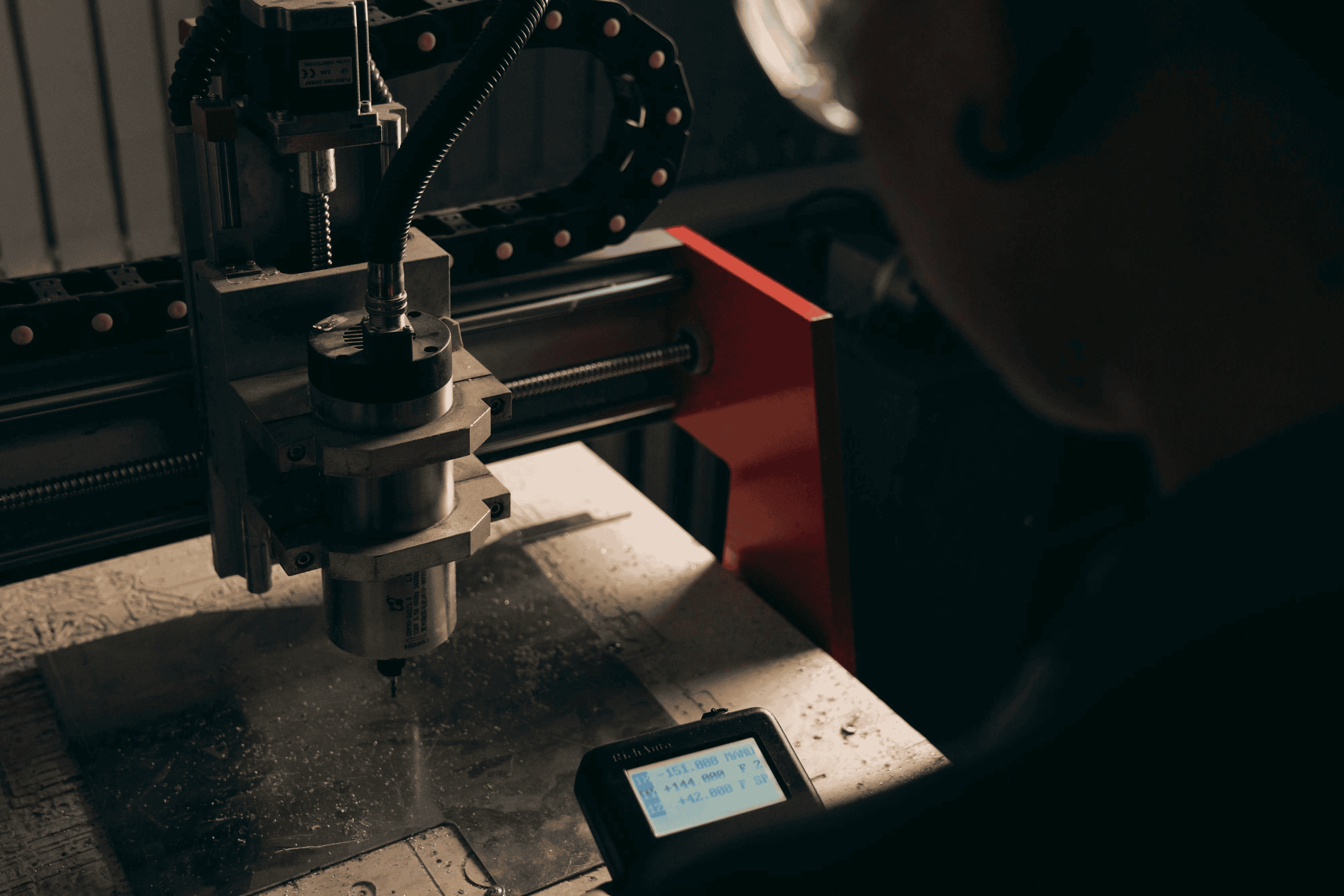Custom Fabrication

Welding certification is a performance based qualification that proves you can produce sound welds under a defined procedure and code. It is not a general license. You certify to a specific process, material, thickness, position, and test method. Passing means your weld test coupon meets acceptance criteria through visual inspection and often bend or radiographic testing.
Most structural work in the United States uses AWS codes like D1.1 for steel, D1.3 for sheet, or D17.1 for aerospace. Pressure piping and vessels commonly follow ASME Section IX. The cert specifies the essential variables that were used during testing. If you change a variable outside those limits, you may need to requalify.
Welder qualifying for welding certification on plate test at OZK Customs in Fayetteville Arkansas
Certification tests usually follow a WPS, or welding procedure specification, that outlines amperage or voltage ranges, travel speed guidance, filler metal classification, shielding gas, and preheat. Your task is to reproduce sound welds inside that window. Inspectors document heat input, interpass temperature, and fit up details to keep the test controlled.
Core processes appear on most entry level exams:
Positions determine difficulty and scope. Plate exams include 1G flat, 2G horizontal, 3G vertical, and 4G overhead. Pipe exams may be 2G or the all position 6G at a forty five degree fixed angle. Passing a harder position often qualifies you for easier ones within the same range.
Before destructive testing, visual inspection checks reinforcement, undercut, arc strikes, porosity, spatter, and profile. After that, bend tests or X ray reveal internal soundness. Lack of fusion, slag inclusions, and worm tracks are common failure points. Clean prep, consistent travel speed, and correct stick out are small habits that save tests.
Certification refers to the welder performance test record that proves you successfully completed a test. Qualification is broader and includes the procedure qualification record that validates a specific WPS for production. Employers often keep continuity logs to maintain your status over time, documenting that you welded with the qualified process every six months.
A welder training program compresses fundamentals and shop habits into a tight schedule so you can test and get hired quickly. A six month format can be effective when it focuses on daily arc time, progressive position challenges, and test prep under realistic conditions. The goal is muscle memory and repeatability, not just a single lucky pass.
A strong 6 month welding course should include:
Good programs simulate production by rotating between process stations, adding time constraints, and logging parameters. Instructors should critique profiles and teach how to adjust heat and travel to fix crown height, concavity, or lack of penetration. Mock tests that follow AWS or ASME criteria build confidence for the real inspector.
Employers value reliability, safety, and the ability to hold dimensions. Candidates who can read a print, choose a sequence that manages distortion, and document heat input stand out. Keep a portfolio of coupons, parameter notes, and photos of joints before and after to show your method.
Once certified, maintain continuity. Practice vertical up stringers, overhead fillets, and open root pipe regularly. Track your fit tolerances, root opening, and land so you can repeat results. Small daily drills, like five passes on scrap plate with consistent weave width, help you maintain arc rhythm.
Certified welders are trusted with critical tasks. Structural projects need consistent fillet size, penetration, and weld length that match the print. Pressure piping work demands sound roots and clean transitions. In fabrication shops, certified operators handle complex assemblies where sequence planning and fixturing matter as much as bead quality.
If your career moves into custom work, code level skills carry over to brackets, racks, frames, and precision mounts. Projects often combine cutting, forming, and welding while maintaining alignment and finish standards. Knowing how to read a WPS and stay inside tolerances makes you efficient and keeps rework off the floor.
For builders and brands that need parts made to spec, a certified mindset reduces risk. It is not only the test you passed, it is the process control you bring to every joint. Documenting parameters, inspecting edges before closing a joint, and measuring distortion after each pass are habits that turn training into predictable results.
To see how certified techniques translate to real world builds, explore our custom fabrication and the range of shop capabilities in our fabrication services. If you are comparing shops for complex assemblies or vehicle mounted systems, read about our approach in why choose us.
You have learned how welding certification proves competency, how a welder training program builds repeatable technique, and why a six month schedule can work when it prioritizes arc time and code style testing. When you are ready to apply those skills to real components, OZK Customs delivers precise fit up, clean welds, and professional finishes for everything from single brackets to full assemblies. Share your drawings or goals, and we will quote materials, process, and timeline so your next project moves from plan to finished part with confidence. Start here and tap into our custom fabrication team today.
Ready to turn certified skills into real builds? OZK Customs designs and fabricates complex components daily, from precision brackets to full vehicle systems. Tell us about your project, and our team will spec materials, processes, and finishes that match code level expectations. Start your quote today and see how our shop can put your training to work.
ADDRESS:
6159 E Huntsville Rd, Fayetteville, AR 72701
PHONE:
(479) 326-9200
EMAIL:
info@ozkvans.com